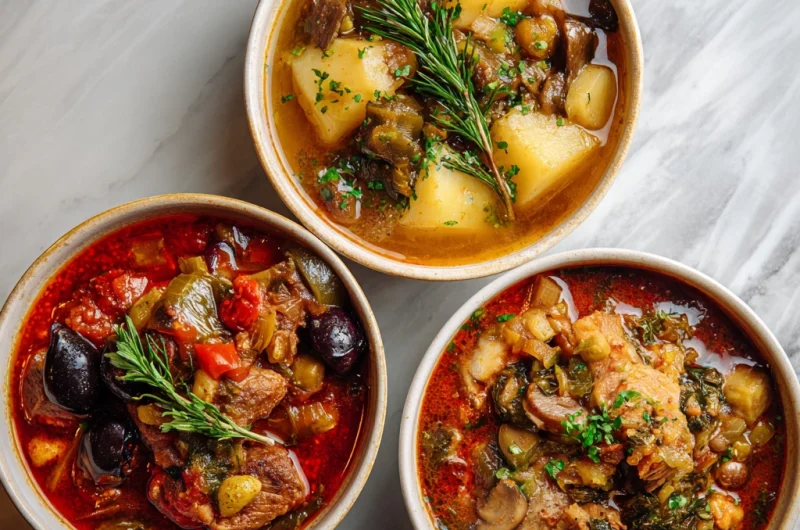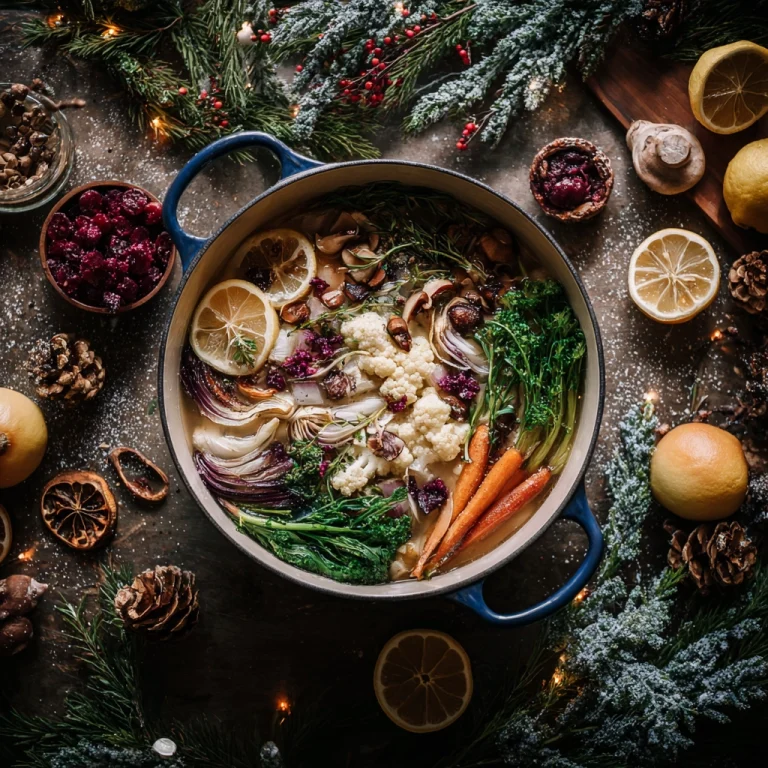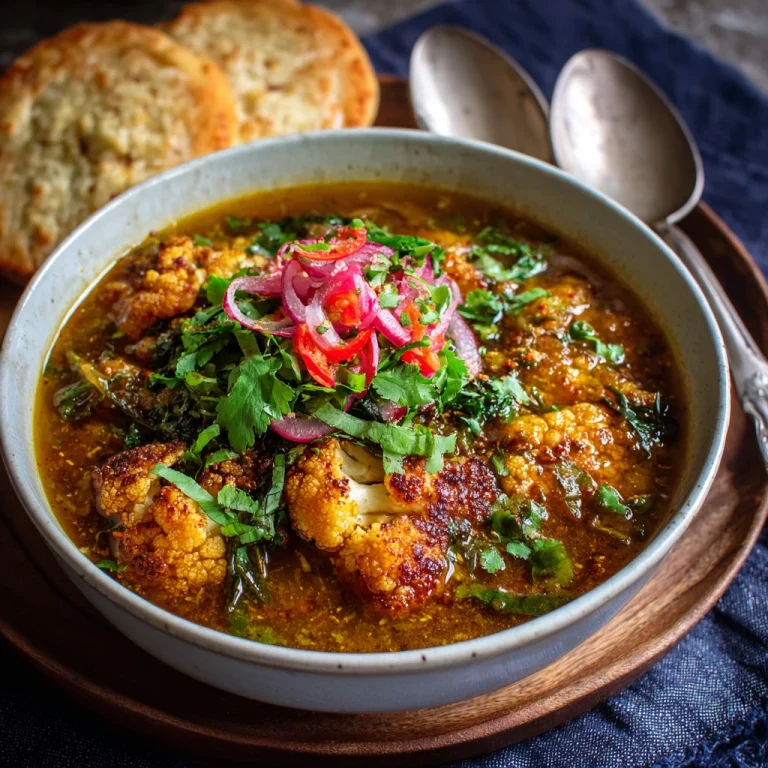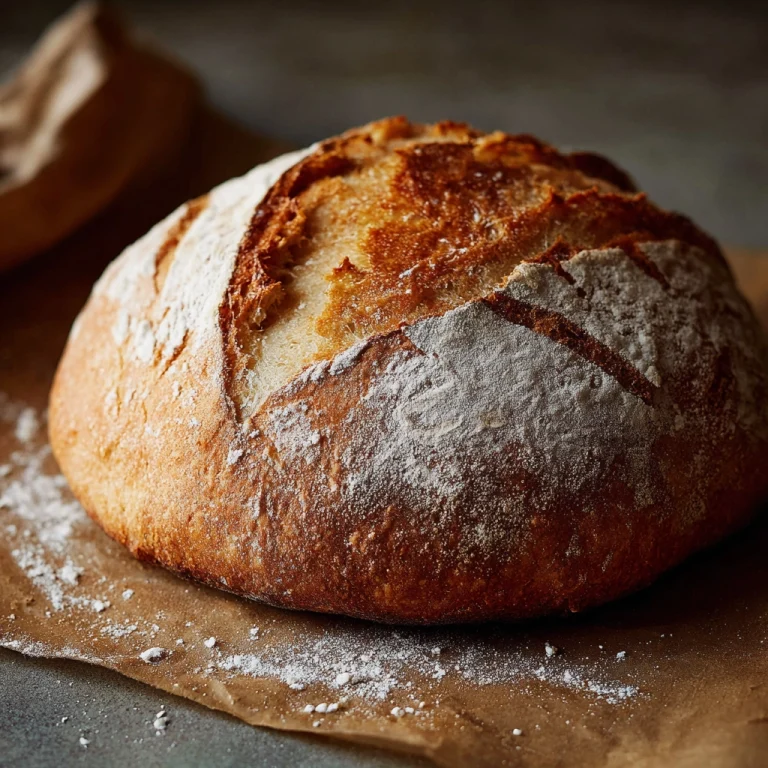Stews: A Hearty Dish That Warms the Soul
When the air turns crisp and comfort becomes a craving, few dishes can compete with the satisfying depth of a stew. A stew is not just a meal; it’s a story simmering in one pot. Rooted in tradition, this dish has traveled through centuries, evolving with each culture that embraced it. From rustic countryside kitchens to modern urban homes, stews embody the perfect balance of nourishment and flavor.
The gentle simmering process allows ingredients to blend harmoniously, resulting in tender meats, flavorful vegetables, and rich broths that feel like a warm embrace after a long day. Beyond its flavor, a stew is a symbol of togetherness, often shared at family gatherings or enjoyed as a comforting solo meal on a quiet evening.
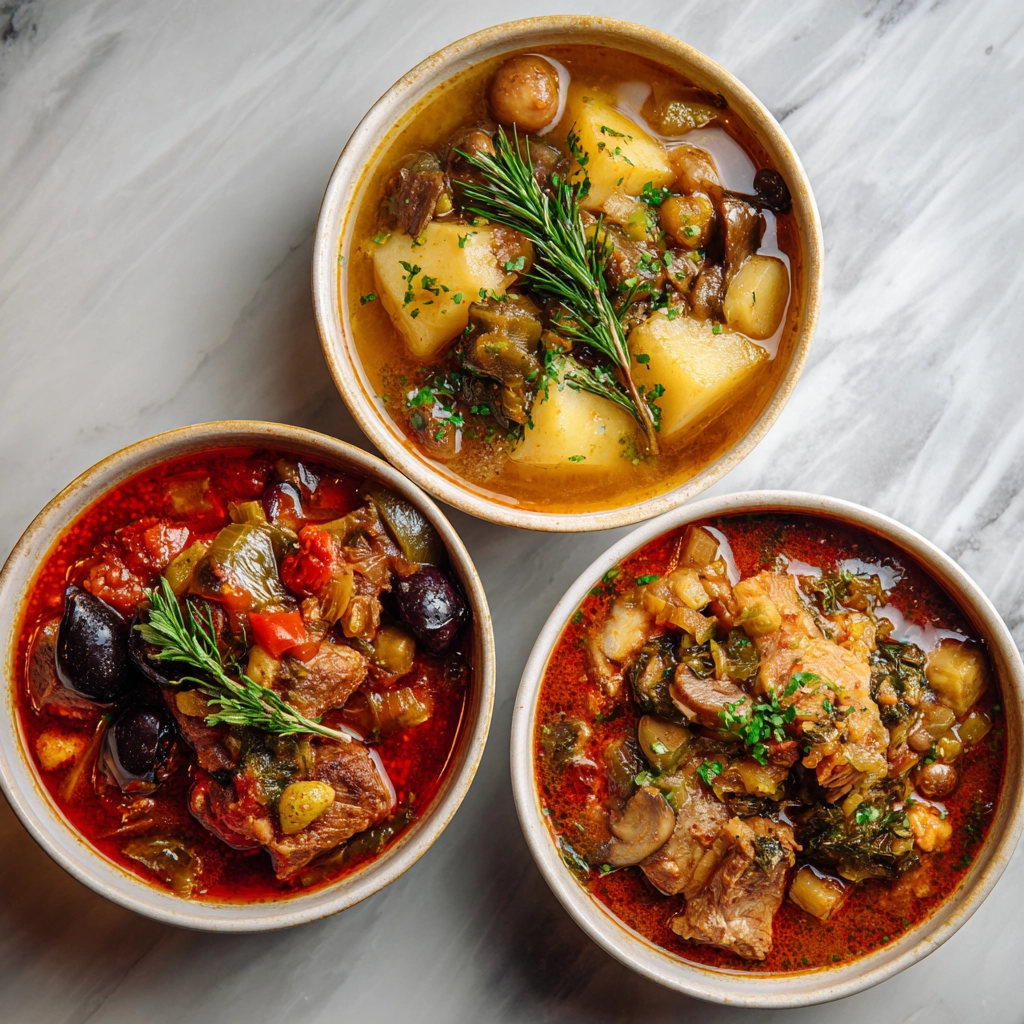
Ingredients Needed
To prepare a classic beef stew, you’ll need fresh, wholesome ingredients. Below is a table listing each key ingredient along with its approximate calorie content per serving:
| Ingredient | Quantity | Approx. Calories |
|---|---|---|
| Beef chuck (cubed) | 1 lb (450 g) | 840 kcal |
| Olive oil | 2 tbsp | 240 kcal |
| Onion (chopped) | 1 medium | 45 kcal |
| Carrots (sliced) | 3 medium | 75 kcal |
| Potatoes (cubed) | 3 medium | 390 kcal |
| Celery (chopped) | 2 stalks | 20 kcal |
| Garlic (minced) | 3 cloves | 15 kcal |
| Beef broth | 4 cups | 40 kcal |
| Tomato paste | 2 tbsp | 30 kcal |
| Red wine (optional) | 1 cup | 125 kcal |
| Bay leaves | 2 leaves | 0 kcal |
| Fresh thyme | 1 tsp | 1 kcal |
| Salt & black pepper | To taste | Negligible |
Step-by-Step Cooking Instructions
- Brown the beef – In a large pot or Dutch oven, heat olive oil over medium-high heat. Add the beef cubes in batches, searing until each side is golden brown. Remove and set aside.
- Sauté the vegetables – In the same pot, add onions, carrots, celery, and garlic. Cook for 4–5 minutes until softened and fragrant.
- Deglaze the pot – Pour in the red wine (if using) and scrape up any flavorful browned bits stuck at the bottom. This adds depth to the stew.
- Build the base – Stir in tomato paste, then add beef broth, potatoes, bay leaves, and thyme. Return the seared beef to the pot.
- Simmer gently – Cover the pot and let it cook on low heat for 1.5 to 2 hours, stirring occasionally. The longer it simmers, the more tender the beef becomes.
- Final touches – Remove bay leaves, taste the broth, and adjust seasoning with salt and pepper.
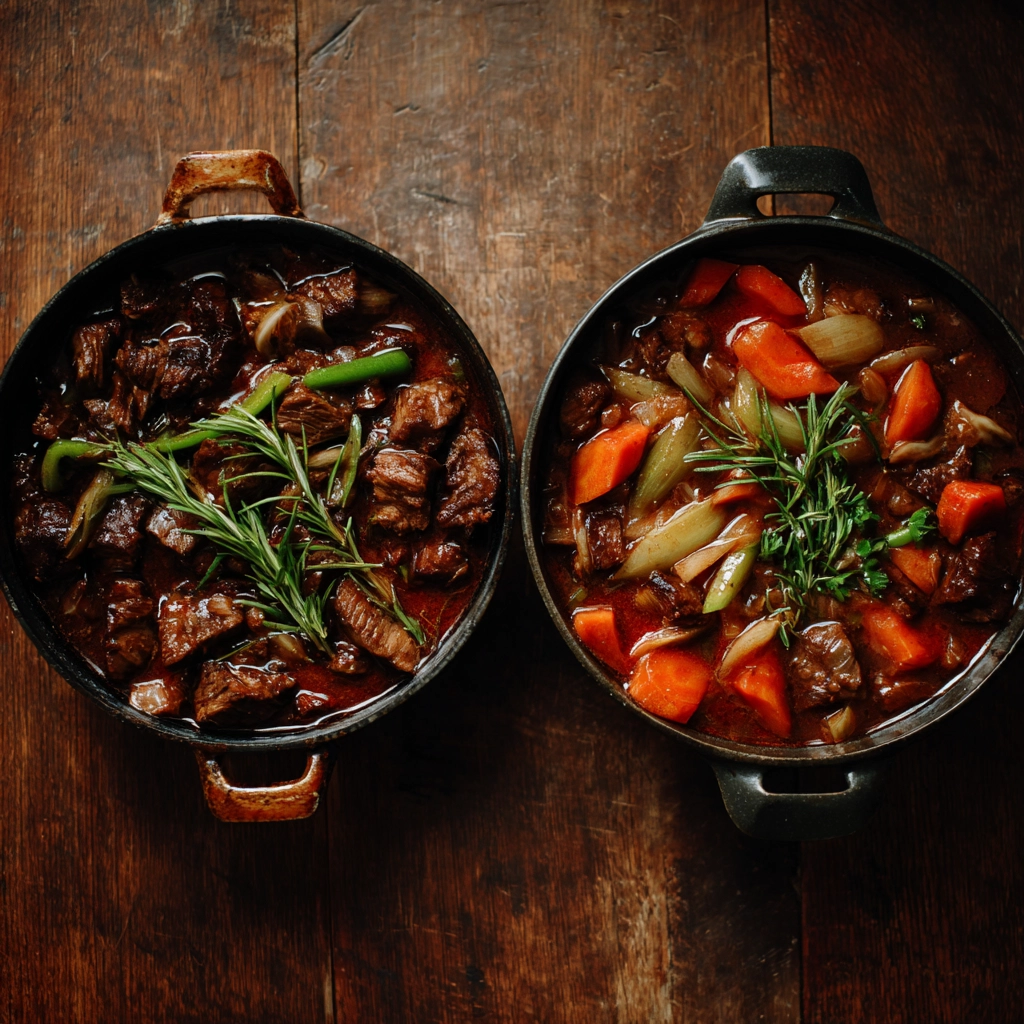
Tips for Customizing the Recipe
- Protein Swap – Replace beef with chicken thighs, lamb, or even hearty beans for a vegetarian version.
- Flavor Boosters – Add Worcestershire sauce, smoked paprika, or a splash of soy sauce for extra depth.
- Vegetable Variety – Experiment with parsnips, turnips, mushrooms, or sweet potatoes for unique twists.
- Thicker Stew – Mix 1 tablespoon of flour or cornstarch with cold water, then stir into the pot near the end of cooking.
- Slow Cooker Method – Transfer browned ingredients into a slow cooker and cook on low for 6–8 hours.
Nutritional Information (per serving, approx.)
| Nutrient | Amount |
|---|---|
| Calories | 320 kcal |
| Protein | 22 g |
| Carbohydrates | 28 g |
| Fat | 12 g |
| Fiber | 4 g |
| Sodium | 580 mg |
Serving Suggestions
A hearty stew pairs beautifully with crusty bread, which soaks up the rich broth. For a lighter option, serve it over steamed rice or alongside a fresh green salad. In colder months, consider ladling stew into bread bowls for an impressive yet cozy presentation. Pair with a glass of red wine or a mug of herbal tea to complete the meal.
Stews: A Hearty Dish That Warms the Soul
6
servings20
minutes2
hours320
kcalIngredients
1 lb (450 g) beef chuck, cubed
2 tbsp olive oil
1 medium onion, chopped
3 medium carrots, sliced
3 medium potatoes, cubed
2 celery stalks, chopped
3 cloves garlic, minced
4 cups beef broth
2 tbsp tomato paste
1 cup red wine (optional)
2 bay leaves
1 tsp fresh thyme (or ½ tsp dried)
Salt & black pepper to taste
Directions
- Heat olive oil in a large pot over medium-high heat. Brown beef cubes in batches; set aside.
- In the same pot, sauté onion, carrots, celery, and garlic until fragrant.
- Deglaze with red wine, scraping the bottom of the pot.
- Stir in tomato paste, then add beef broth, potatoes, bay leaves, thyme, and browned beef.
- Cover and simmer on low for 1.5–2 hours, stirring occasionally, until beef is tender.
- Remove bay leaves, adjust seasoning, and serve hot.
Recipe Video
Notes
- Stew tastes even better the next day, as the flavors have more time to meld together.
If you prefer a lighter version, substitute chicken or turkey for beef and use vegetable broth.
FAQs
1: What is the difference between a soup and a stew?
A stew is generally thicker and heartier than a soup. Stews are slow-cooked with less liquid, allowing ingredients like meat and vegetables to become tender while creating a rich, flavorful broth. Soups, on the other hand, usually contain more liquid and can be lighter in texture.
2: Can I make stew without meat?
Absolutely! Stews can be easily adapted for vegetarians or vegans by using hearty vegetables such as mushrooms, potatoes, and beans. Vegetable broth or mushroom stock makes an excellent base.
3: How do I thicken a stew naturally?
You can thicken stew by simmering it longer to reduce the liquid, mashing some of the potatoes or vegetables directly into the broth, or adding a slurry of cornstarch and cold water near the end of cooking.
4: Can I freeze stew for later?
Yes, most stews freeze very well. Allow it to cool completely, then transfer it into airtight containers or freezer bags. Stew can be frozen for up to 3 months. To reheat, thaw overnight in the fridge and warm on the stove.
5: What is the best meat for stew?
Tougher cuts like beef chuck, brisket, or short ribs work best. These cuts break down slowly during cooking, becoming tender while infusing the stew with rich flavor.
Conclusion
Stews are more than just food—they are a tradition of comfort, care, and community. With simple ingredients and a bit of patience, you can create a dish that nourishes both body and spirit. Whether you keep it classic with beef and potatoes or customize it with seasonal vegetables and unique spices, a well-prepared stew will always have a place at the table. Next time you crave something warm, wholesome, and satisfying, let your kitchen fill with the aromas of a simmering stew—you won’t regret it.

